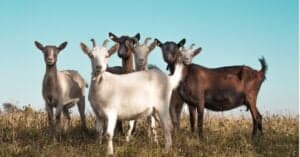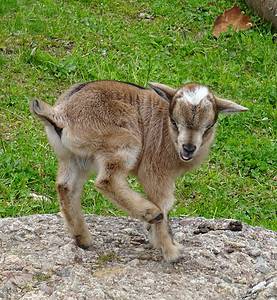Continue reading for our analysis...
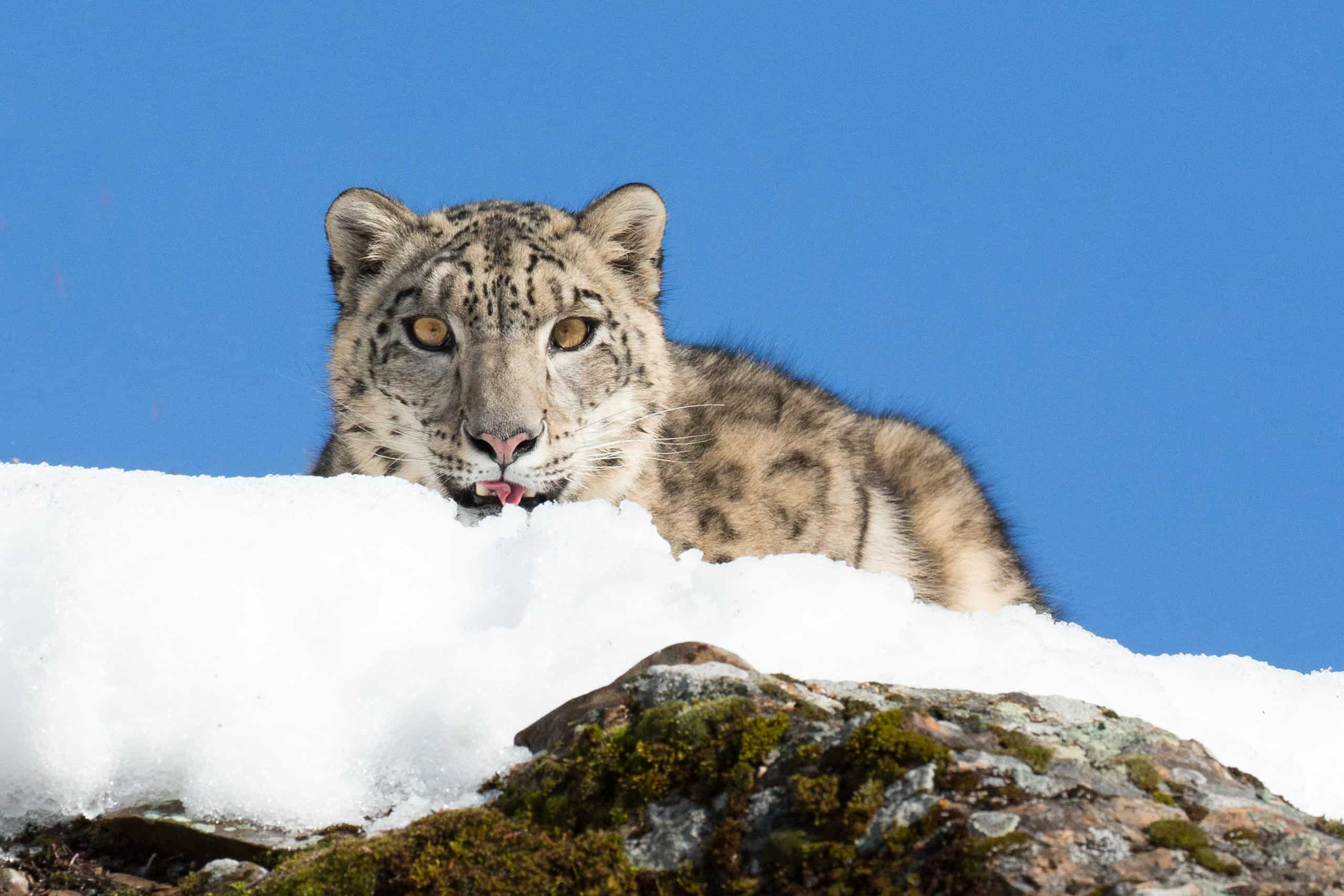
If you ever thought that there was a more agile predator than a big cat, this video may be all the proof you need. While bears may be big and wolf packs smart, there is simply nothing like the sheer agility and prowess that a leopard has when it is hunting its prey. This clip of a snow leopard plunging hundreds of feet down to chase a goat is absolutely wild.
In a recent clip, we see what may be one of the craziest hunting videos of all time. This isn’t a “human’s” version of hunting in a tree stand with a gun, either — this is an apex predator hunting in the remote mountains of the Himalayas.
The clip starts off dramatically. A snow leopard is chasing a species of mountain goat across snowy rocks. The two are clearly very high up in the mountains, as we are about to see in more detail. Right off the bat, the leopard grabs the goat, and the two fly off the edge of a massive cliff.
In what seems like a fake video (even though it isn’t), the leopard and the goat float through the sky, interlocked in aerial combat. Finally, after two whole seconds in the air, they slam into the side of the cliff. Most people would think that these animals have totally splattered and are dead, but no! Incredibly, they resume their deadly fighting as soon as they hit the ground, seemingly unfazed.
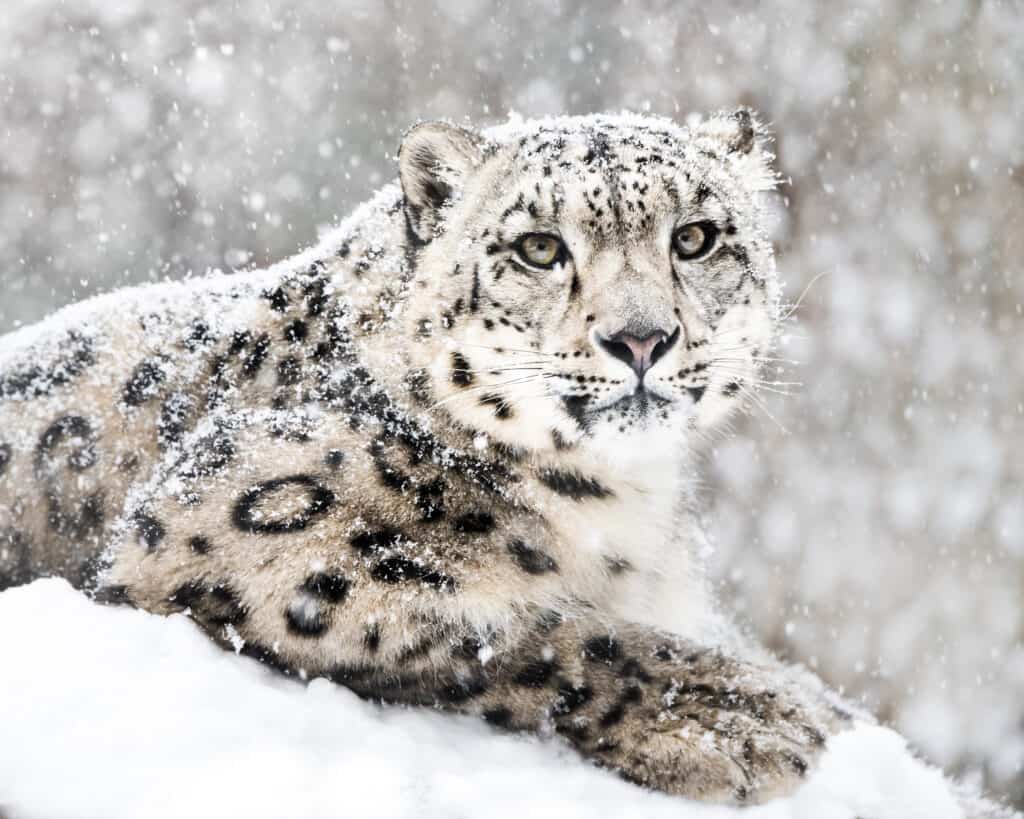
Snow leopards are apex predators commonly found in the
Himalayan
mountains.
©Abeselom Zerit/Shutterstock.com
Since these two animals live in the mountains, they have adapted a bit in order to survive. Leopards, like most cats, are extremely flexible and able to survive some of the craziest falls around. Leopards are able to twist their bodies while in their air so that they land on their feet, stopping them from hitting the ground in a painful or more vulnerable position. Other factors that help to minimize damage from a fall are that felines do not have working clavicles, their backbones are flexible, and they have strong back legs and relatively low body weight.

Leopards, like most cat species, are very flexible and capable of surviving falls by landing on their feet.
©Chris Desborough/Shutterstock.com
Characteristics of a Snow Leopard
The snow leopard (Panthera uncia) is also known as the “ounce.” It is slightly smaller than other members of the panther family and has physical adaptations for living in an alpine region such as broad paws for walking in the snow and small ears to lower heat loss. Already listed as “Vulnerable,” its population of about 10,000 individuals is expected to drop another 10 percent in the next 15 years. The reasons for this decline are poaching and habitat destruction.
A carnivore, the snow leopard actively hunts its prey and will even pursue prey down a steep mountainside like the below video shows. That said, this cat also eats a lot of vegetation.
A litter of two to three cubs will be born to a female snow leopard in the April through June time period after a gestation of 90-100 days. The cubs will leave the den at about three months old.
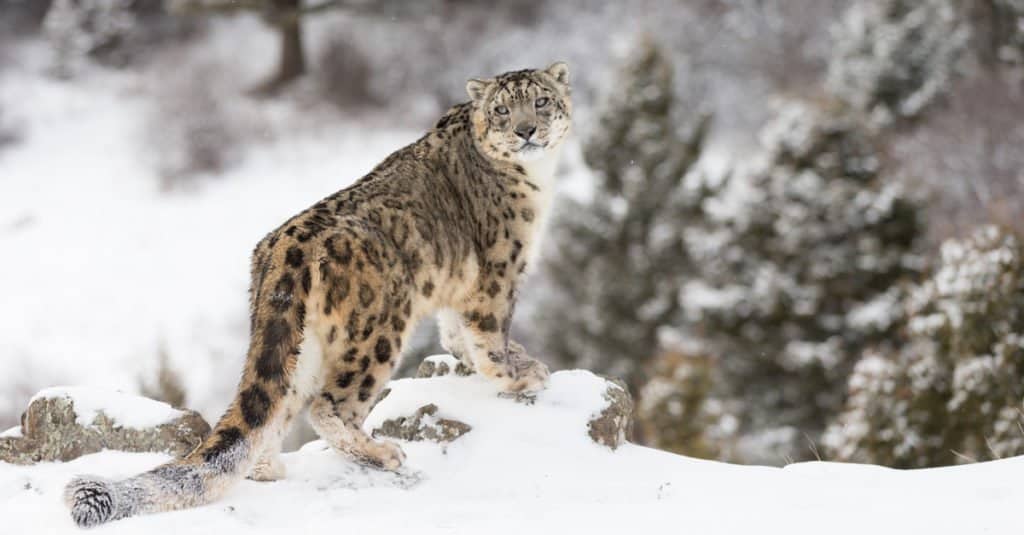
The snow leopard’s adaptations for living in an alpine region include small ears to lower heat loss.
©Dennis W Donohue/Shutterstock.com
Where Do Snow Leopards Live?
Snow leopards live on the heights of the Hindu Kush, the Himalayas, the Karakoram, and the Tian Shan at elevations of approximately 10,000 to 15,000 feet. Their range spreads across Afghanistan, Bhutan, China, India, Mongolia, Pakistan, and Nepal. Living on the heights amid treacherous cliffs, and ravines, in such harsh conditions requires exceptional athleticism and snow leopards are capable of leaping across distances of 50 feet.
Its long, fat-padded tail helps it balance when navigating cliffs and mountain ledges, while its large paws enable it to pad across snowy terrain.
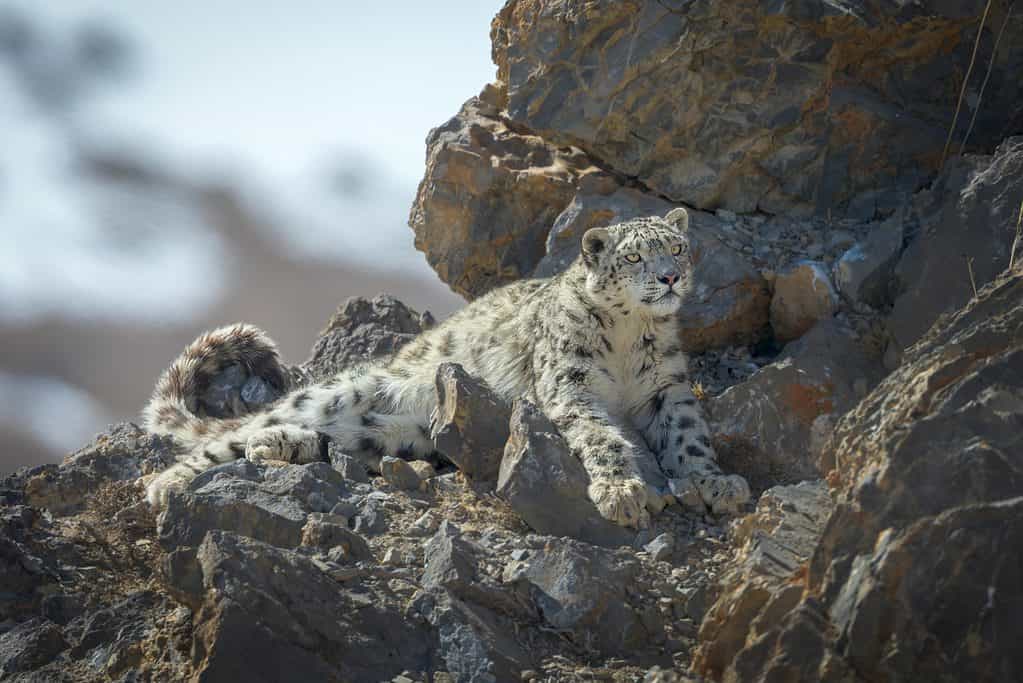
Snow leopards live at elevations of approximately 10,000 to 15,000 feet.
©Sagephotography.in/Shutterstock.com
Do Snow Leopards Often Plummet From Great Heights?
According to experts, these predators do take a tumble every now and again. And while they can’t say how often it does occur, they can assert that they have witnessed similar instances to the scenario in the video. On another occasion, a snow leopard experienced a similar fall while pursuing a blue sheep.
However, most of the time, they navigate those dizzying mountain heights with ease.

Snow leopards are capable of surviving a fall from a great height, as seen in the video we’re featuring.
©Chris Desborough/Shutterstock.com
Returning to the video, as the snow leopard and goat continue to struggle, they fall further and further down the hill. Hundreds, and possibly thousands of feet down, the two creatures struggle in a battle of life and death. They spin and tumble through the air, repeatedly slamming into the side of the mountain. Somehow, the leopard seems to not notice the landings and continues to try and get a grip on the goat’s neck.
Finally, their tumbling slows and the leopard appears to get the upper hand. We don’t know what this meal cost the leopard, but it’s clear that leaping from the side of a cliff isn’t unreasonable when looking for food in the Himalayas! Whenever you see your little housecat making insane leaps around the living room and somehow landing on its feet, just know that in a different lifetime, it was hunting a goat in the Himalayas.
Thank you for reading! Have some feedback for us? Contact the AZ Animals editorial team.




